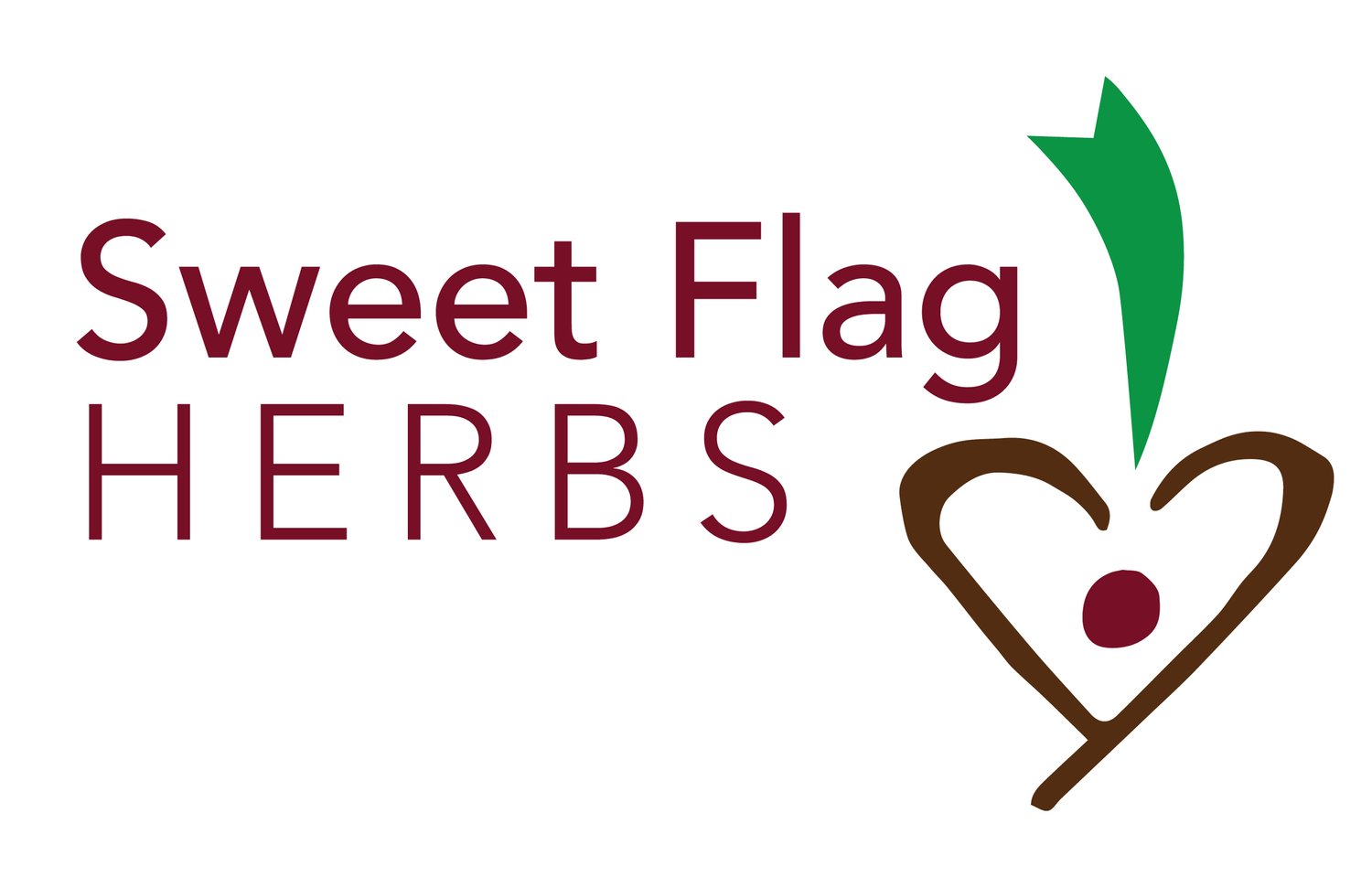Meet Kasia, Herbalist from Kraków
Image: Kasia and I in her garden near Kraków.
While planning my trip to Poland, I alotted one week to volunteer with Worldwide Opportunities on Organic Farms (WWOOF). Through WWOOF, travelers can arrange a farm stay in dozens of countries. Most farms and homesteads expect 2-4 hours of work per day in exchange for housing and meals.
WWOOF is an affordable way to travel; I didn’t spend a single złoty that week. More importantly, WWOOF gave me the opportunity to get to know a like-minded person while contributing meaningfully to their work.
Browsing WWOOF listings in Poland, Kasia’s homestead was my top pick by far. Kasia is a trained herbalist and environmental engineer. She’s passionate about growing herbs, vegetables, and flowers, and she maintains a beautiful homestead near Kraków. Greenhouse, hand-made solar dehydrator, adorable black lab. Does it get any better? I squealed when she confirmed my stay.
Walking into Kasia’s house, I clamped eyes on the jarred herbs filling every spare inch of her cabinets. Overflow jars were stacked in crates. “Just like home,” I thought.
Summer was a sweet time to waltz into Kasia’s garden and kitchen. We harvested vibrant rose petals (Rosa rugosa), calendula flowers (Calendula officinalis), and marigolds (Tagetes sp.) for teas and fermented herbal vinegar (recipe in the next post). I scarfed handfuls of red raspberries, and Kasia made Raspberry Banana Sorbet to pair with the ice cream in her freezer. Kasia’s french press was constantly steeping herbal tea—usually the fresh lemon balm just outside the back door. Kasia enjoys lemon balm tea to support relaxation and good sleep.
While Kasia worked from her home or university office, I prepared lunches with abundant zucchini. Veggie fritters/pancakes: old hat in Polish culture. My biggest contribution: Kasia’s first experience with zucchini bread. After a childhood of weekly baking against her will, Kasia doesn’t bake much now. It was an honor to hear that this bread is worth turning on the oven for :)
Like many herb gardeners in the US, Kasia grows plants from several continents. Native Eurasian/North African/European plants include mullein, raspberry, borage, sage, lemon balm, thyme, calendula, oregano, mugwort, hyssop, yarrow, marshmallow, nettle, hollyhock (which is edible and medicinal in addition to ornamental), and more. A raised bed of ashwagandha, popular in Indian Ayurvedic medicine, looked lush and healthy—as did the Asian Rosa rugosa bushes we spent hours weeding. I was surprised to hear that Kasia makes use of ashwagandha’s leaves; I had only learned to make remedies with the roots.
North American bee balm, Rudbeckia (black-eyed Susan), Echinacea, and phlox looked dazzling in Kasia’s beds. Sunny marigold hails from Central America. Summer squash, pumpkins, cukes, corn, and tomatoes from the Americas have rightfully earned their place on dinner plates around the world, including Kasia’s.
I helped Kasia with a new-to-me way of making an herbal syrup. We combined mullein flowers, white sugar, and later alcohol to make a fruity-tasting mullein liqueur. The taste reminded me of prunes—yum!
You’ll find the recipe in my next post.
A favorite crop at Kasia’s was “patriotic beans.” These dry beans are red and white—Poland’s national colors. The red pattern on the beans resembles an eagle, which is the national emblem.
Kasia explained that the heirloom beans can’t be purchased from a seed company. They must be handed from one friend or family member to another.
Kasia generously offered me some to take home. Seeds aren’t permitted to enter the US without a permit, a rule I respect to keep new agricultural pests and invasive species at bay. I wondered if I could consider them a dried food and display them in a decorative, sealed bottle on my mantle. I even did the recommended heat treatment for legumes outlined by the USDA.
In the end, the rule follower in me said no to the extra stress at customs, and I left them behind. This photo is enough of a memento.
Kasia and I noted parallels between Poland and the US regarding herbs in contemporary culture. Herbal traditions are generally not passed down in Polish families anymore, and folks largely rely on pharmaceuticals. The European Pharmacopoeia Commission’s list of accepted medicines includes a dwindling number of herbs. The best versions of the Pharmacopoeia for herb-interested folks are from the first half of the 20th century or earlier.
Image: A few books on Kasia's bookshelf. Titles translated using Google Lens.
Kasia is licensed to operate an herbal/medical shop, so she has the inside scoop on Polish regulations. In both the US and Poland, herbalists must not “‘practice medicine without a license” as our respective governments define it. However, I was surprised by the harshness of Poland’s penalties. An herbalist could be jailed for gifting an herbal tincture to a family member.
Kasia studied herbal medicine at the Instytut Zielarstwa Polskiego i Terapii Naturalnych (Institute of Polish Herbalism and Natural Therapies). She also learns from Henryk Różański, a well-known scientist who teaches students in Krosno. Różański has been publishing his findings for 30 years. You can find his work here. (Google automatically translates, praise be.)
There's much more I could share about Kasia’s herbal knowledge and activities, but you can follow her yourself!
Kasia’s Facebook profile
Kasia’s herbal Facebook page, The Herbal Garden Under Elderberry
Kasia kindly offered to answer herbal questions folks DM (Direct Message) on Facebook.
Images: 1.) solar dehydrator Kasia made with a friend. 2.) Kasia, watering the tomatoes. 3.) Greenhouse (currently filled with tomatoes and covered with shade cloth) and rainwater catchment “pond” that her kitties love sunbathing near. 4.) Kitty takes an afternoon nap.
















